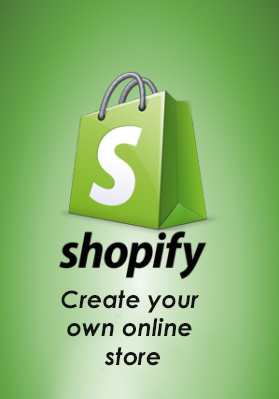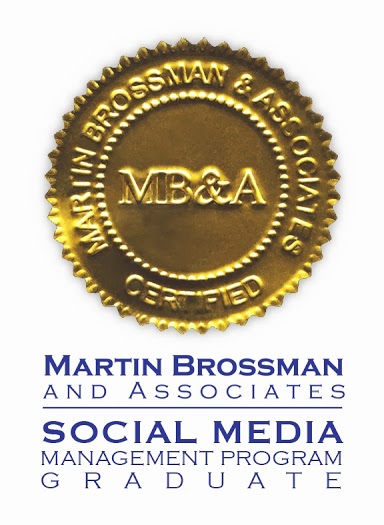An acquaintance runs a business that sells an analytics program that can determine how employees are actually using the SAP system. He said, “SAP support services is not a Pinterest marketing opportunity…” The challenge was on.
Cut to the chase: Board Suggestions
SAP Solutions Partner
- Employees
- An office; in a city
- SAP certifications / awards
- Reports from their software
- FAQ
- Customers (both logos and people)
- Epic fail stories about implementations gone wrong (use with care)
- LOL and inside jokes (also use with care, but if CSC can create them, so can anybody)
- Blog posts, illustrated with screen shots of the software
- Convention information
That’s 10 Pinterest boards right there, and the only thing I know about SAP is that it used to deposit my pay in the bank.
Why Pinterest Over SEO & Google SERP?
Search Google for “SAP Consulting,” first page SERP:
Same search in Pinterest Pins:
Same search in Pinterest Boards:
And one more time, for Pinners:
Now, you tell me which search provides more instant information, and which results page distinguishes your business from all the others more, for free? (Ok, not “free;” somebody’s maintaining those accounts. It’s not PPC rates, either.)
More Research
A quick search found 50 pins about the company SAP and its product (excluding pins about maple syrup, victims of cons, and other spell-alike captions.) (Deeper diving into the accounts and boards that contained those pins yielded much more information which did not use the “SAP” term in the caption.)
Corporate users
A board called “Production Users” contained an SAP logo pin. This account is maintained by 10gen / MongoDB, which offers a high-performance, open source, schema-free document-oriented database. Presumably, SAP uses their database.
The SAP Super Users Group has a Pinterest account with only one pin, linking back to their site.
By looking at the Super Users’ followers and following listings, I found the IBM SAP Alliance Pinterest account, with 33 pins on five boards. It is an “official” IBM account.
ConsultantBox SAP Consulting (Sweden) has an account, introducing their services and some of their consultants. Their followers and following lists have a large number of accounts related to SAP. Brainarea is just one of them. Panorama Consulting, from Denver, specializes in ERP work and has a fairly active account. (Check the list of people they follow for LOTS of business journal and other technical accounts.)
By following a pin, I learned about the SAPWeb2.0 service that allows you to pull tweets into a presentation.
One user maintains a board about SAP Training, but I can’t get a feel for why from the rest of the account.
ConPlus Mittelstandslosungen collects SAP information, including videos. They are an SAP business partner in Germany.
CSC Australia is one major technical services provider using Pinterest reasonably actively. They have an SAP pin on an “Know Our Partners” board. I recommend following this account to see how a business in the technical services space can use Pinterest as a public face. They are only following CSC accounts from around the world; it is clear there is significant corporate investment in their Pinterest activity.
The SAP HANA datamining engine is represented by a pin on a Datamining board. (Can’t read his captions but can tell it’s a technical account.)
SCM systems have a board of their own. CRM systems (including SAP) have a board on a very interesting account.
Chris Herbert, a #B2B marketer for technology companies with the Mi6 Agency, develops content, networks, communities and business for clients. He collects SAP information on his Big Data and Analytics board.
Incidentally, Cisco and IBM Research have Pinterest accounts. Salesforce has a GREAT business account. Accenture and Deloitte have accounts with no pins.
Graphic Design
Nick Smith, a desginer, collects SAP Advertising on a Graphics Design board.
A graphic designer has a pin about an SAP how-to manual on her Portfolio site.
Another designer, more technically oriented, has a pin of an SAP interface, labelled “disappointing,” on a Windows Phone UI design board.
One user maintains a board of “enterprise iOS designs I don’t like.” They are all SAP versions. (His “likes” are all from much newer applications that have been created in the past five years, without having to build on history or even enterprise-wide integration.)(I’ll bet he never coded COBOL, or ran punch cards…)
Another graphic designer maintains a board about Signage that includes pins of interior navigation sign from SAP USA properties.
Personal accounts with SAP pins
A board called “Work Information” contained a pin linking to a Harvard Business Review issue highlighting Competing on Talent Analytics. (I’m guessing the pinner is an HR professional.)
Someone is maintaining an account titled “SAP ERP” . The URL for this account is /breakingnewz10/, which makes me suspect it’s not an “official” SAP account. However, the Books Worth Reading board is loaded (300+) with mostly-technical books about programming in enterprise systems including SAP and Oracle, as well as ERP and eHR theory. The user maintains a related board called SAP ERP Modules, which is solely about ERP.
Recommendations
To tell the truth, I found much more about SAP and its cohort of associated services than I expected to. Few of these boards / accounts have significant followership, but it’s also not clear how many followers or leads it takes to succeed in this business. There are, after all, only 500 companies in the Fortune 500…. (who employ some 20 million people, however).
It crossed my mind that selling SAP and its services is not too far from selling an airport financing deal. Readers of Pitch Anything will see where I’m going with this. Both transactions are traditionally considered completely logical, rational decisions. Neither is, at least to the winner of the financing package for the new San Diego Airport.
As I write this post, I don’t have my copy of Pitch Anything at hand. When I get back to it, I’ll review and make additional, more specific recommendations. The general direction is to use images on Pinterest to set the frames for the opportunity: how will my friend’s services help THE PEOPLE who will use the system, rather than the business numbers that make moving to SAP a good idea.














Follow Us!